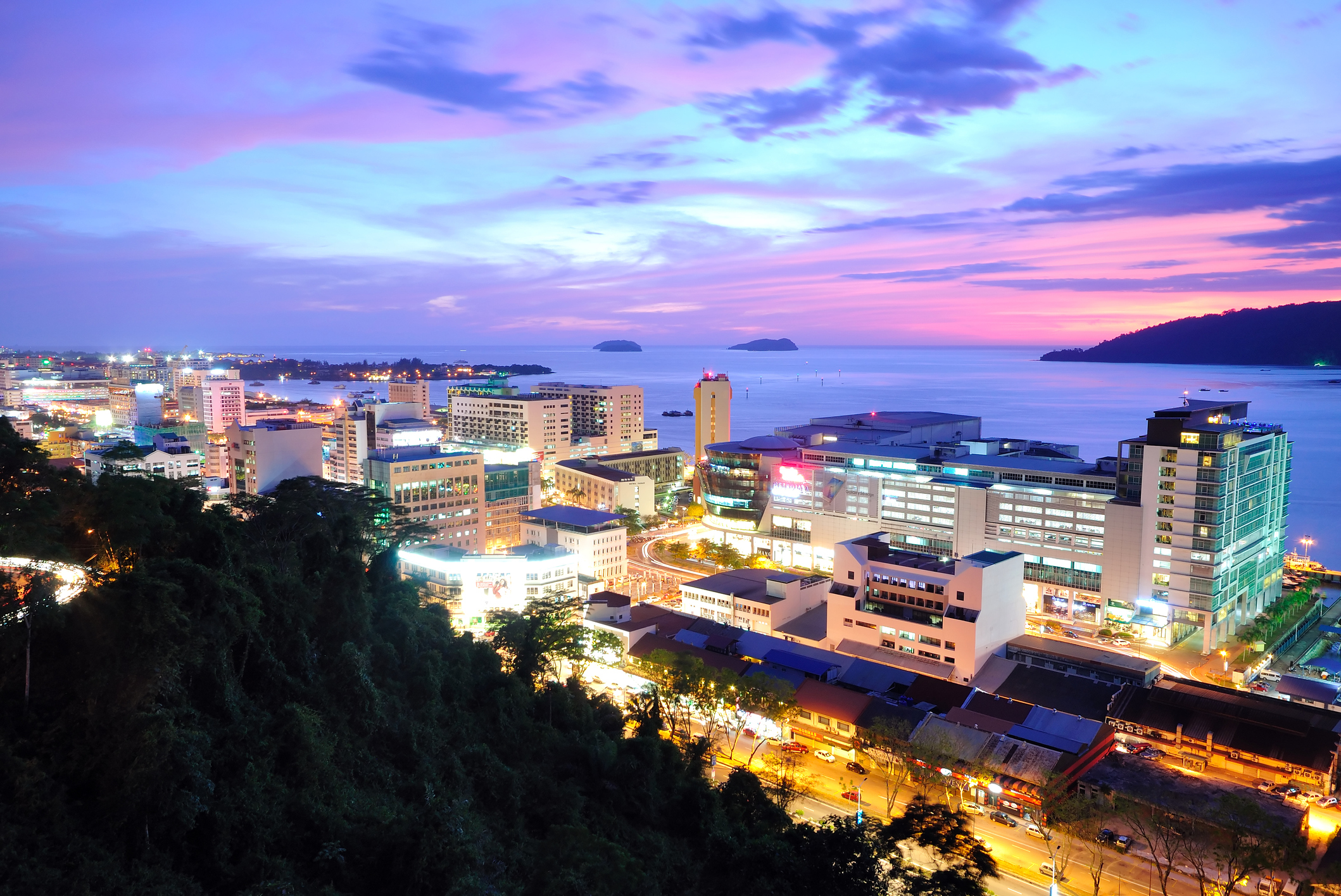
Kinabalu Park
Rising 4,095 metres over Borneo and surrounded by rainforest, Mount Kinabalu is the tallest mountain between the Himalayas and New Guinea, and the national park that surrounds it is among the most biodiverse regions on the planet.
First, picture a stereotypical, conical mountain peak – then snip the pointy bit off with a pair of zig-zag scissors. That’s Mount Kinabalu. Raising its serrated head 4,000 metres above the surrounding landscape, Kinabalu may be the tallest mountain in Southeast Asia, but it’s a geological youngster – “only” 10 million years old, compared with 3.5 billion for some mountains in Africa. What it lacks in age and wisdom, though, it more than makes up for in youthful vigour: this is one of the most magnificently biodiverse places on the planet.
Kinabalu’s misty forests are cloaked in mosses and liverworts; its towering tropical hardwood trees home to gibbons and orangutans. Its trails are fringed with wild grape vines and rhododendrons, and its skies are filled with mountain serpent-eagles and eyebrowed jungle flycatchers. This mountain and the 750 sq km of park around it are home at least half of all of Borneo’s plant and animal species – which is more than the whole of Europe and North America combined (if you don’t count the tropics of Mexico). It’s enough to make David Attenborough swoon.
Although Kinabalu has other attractions (hot springs, nature trails, botanical gardens and a butterfly farm), there are better rainforest experiences elsewhere. You come here first and foremost to summit the mountain. It's one of the safest and most conquerable big peaks in the world but, let us assure you, this is no walk in the park. It’s an 8.8 km trek to the top, leading you through five different forest zones, from rich lowland rainforest, through misty montane forests, to the treeless, subalpine zone at the peak. Once there, you’re rewarded with spectacular sunrise views over the third-largest island in the world and an immense sense of accomplishment.



